Detailed Introduction
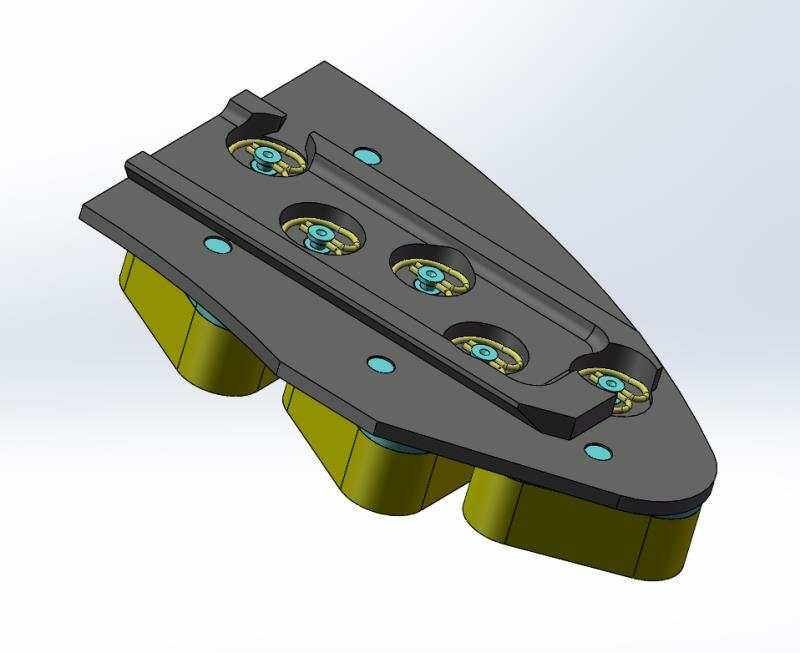 | 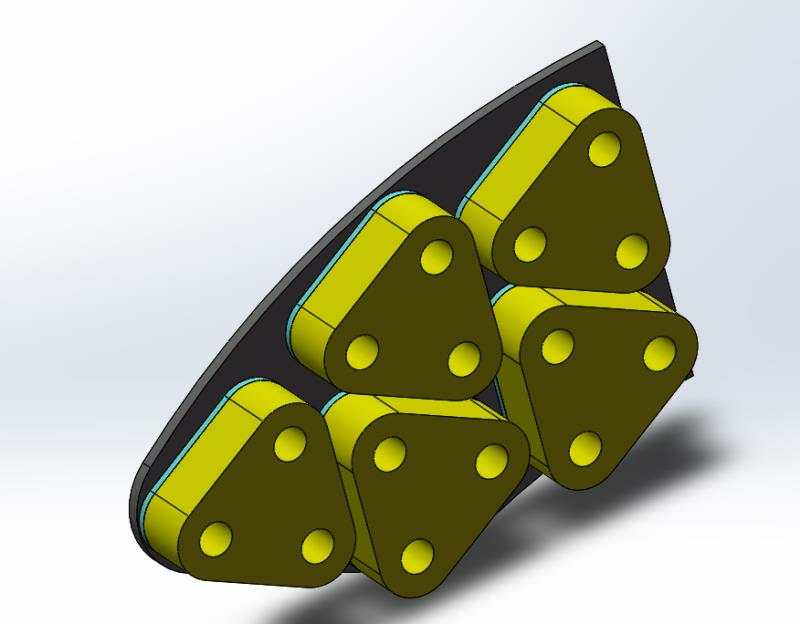 |
| 160 km/h EMU Brake Pads (Model: CXD160) | 160 km/h EMU Brake Pads (Model: CXD160) |
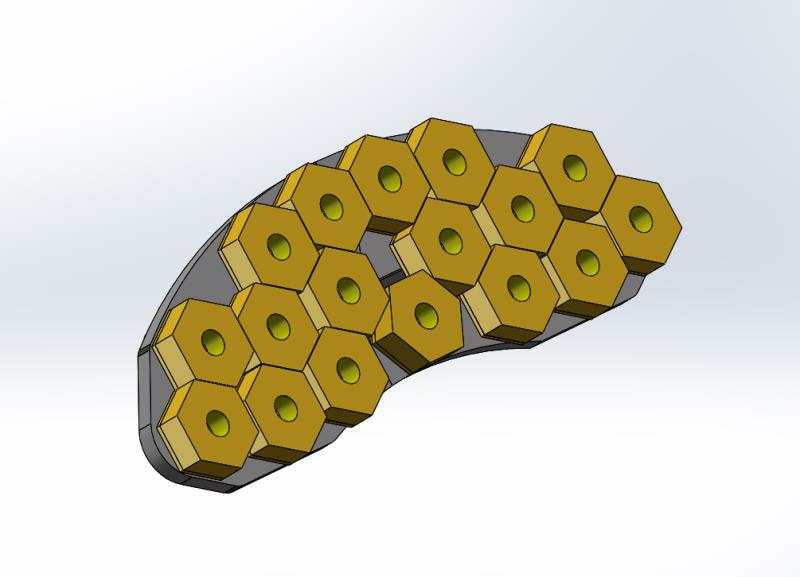 | 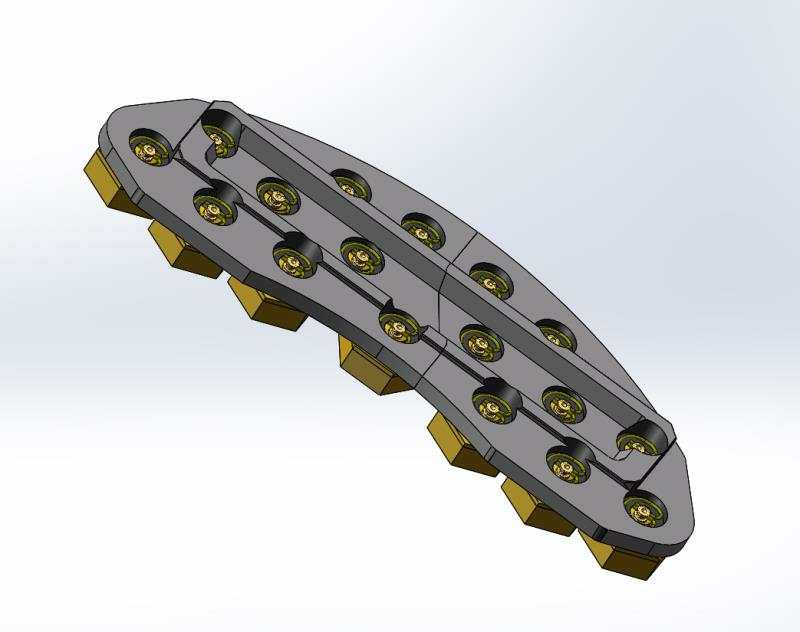 |
| 250 km/h EMU Brake Pads (Model: CXD250-1) | 250 km/h EMU Brake Pads (Model: CXD250-1) |
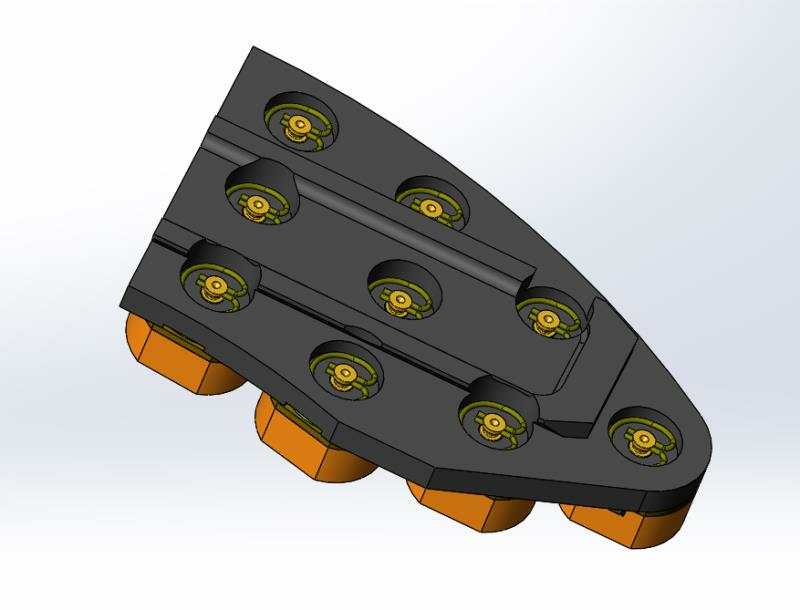 | 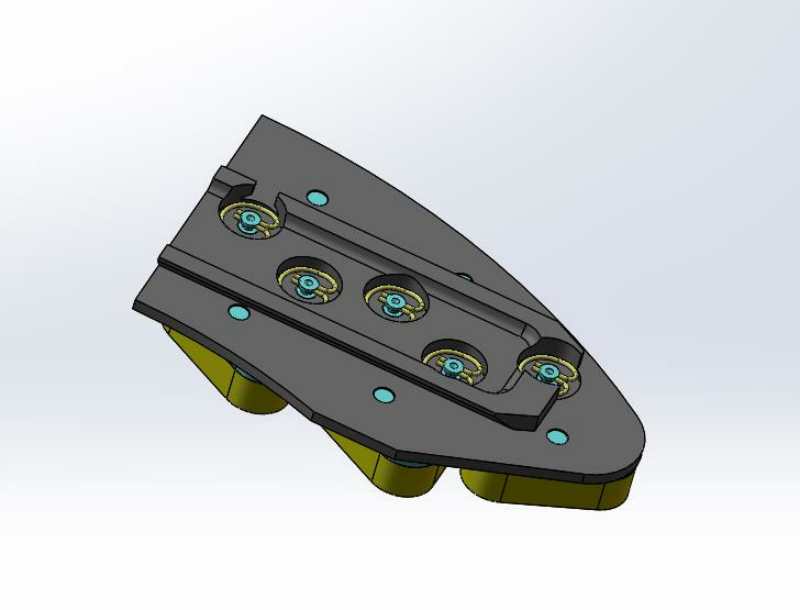 |
| 250km/h EMU Brake Pads (Model:CXD250-2) | 250km/h EMU Brake Pads (Model:CXD250-2) |
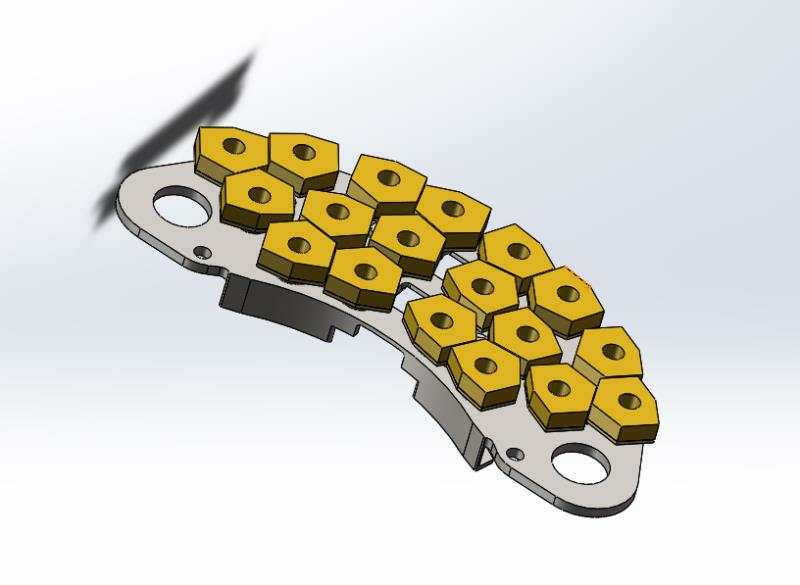 | 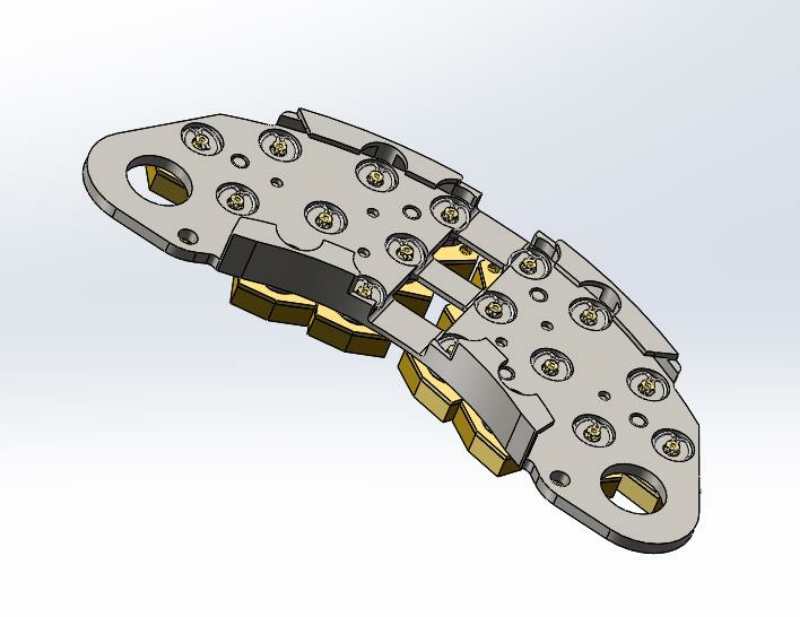 |
| 350km/h EMU Brake Pads (Model:CXD350-2) | 350km/h EMU Brake Pads (Model:CXD350-2) |
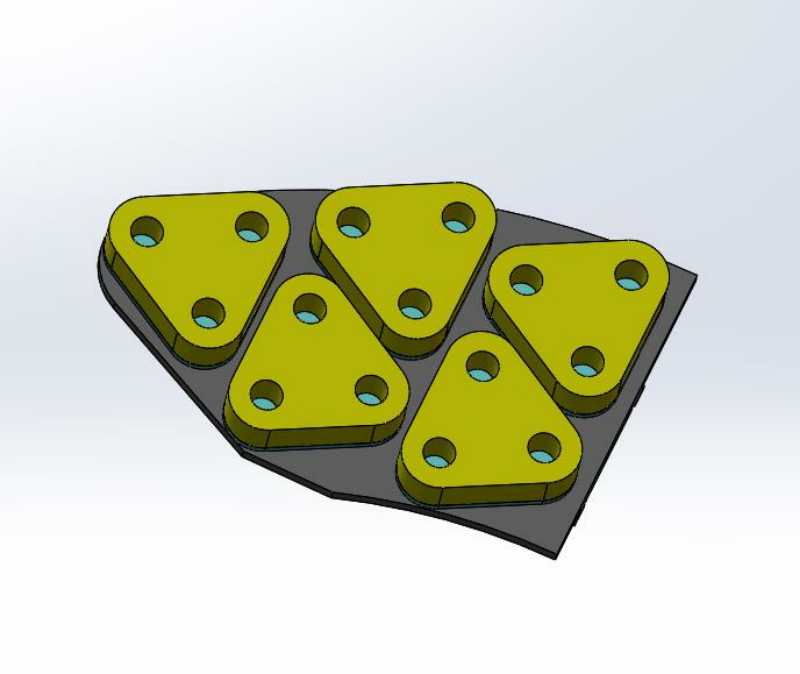 | 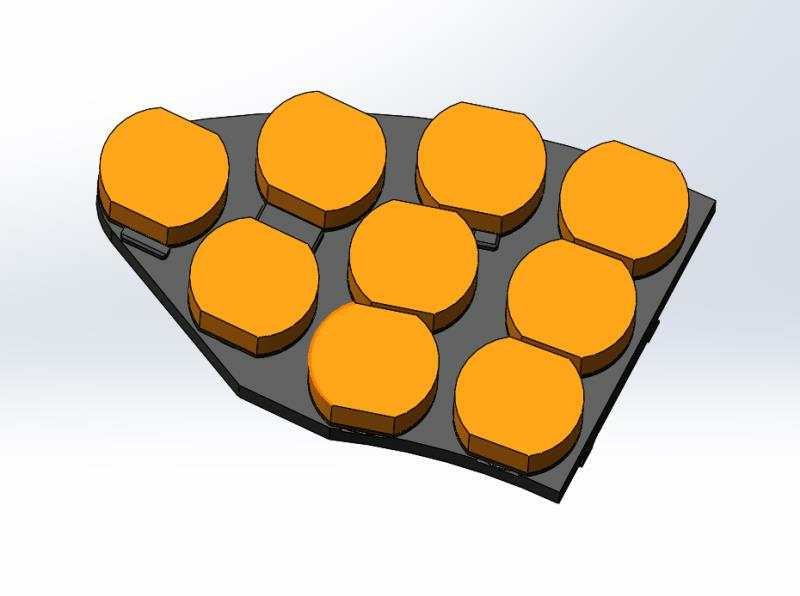 |
| 250km/h EMU Brake Pads (Model:CXD250-2) | 350km/h EMU Brake Pads (Model:CXD350-1) |
Brake Pads for EMUs(Electric Multiple Units)
Brake pads for EMUs are components used in the braking system of EMU trains and are one of the core parts of the braking system.They play a crucial role in ensuring the safety of EMUs by controlling the train's speed through friction against the wheels.
1.What is the Function of EMU Brake Pads?
The primary function of EMU brake pads is to control the speed of the train.When the driver applies the brake pedal,the braking system receives the braking command and uses compressed brake fluid pressure to press the brake pads against the wheels,generating friction to slow down and eventually stop the train.
Additionally,brake pads help maintain vehicle stability and reduce braking distance,ensuring the safety of passengers and crew.
2.Types and Selection of EMU Brake Pads
Depending on the braking method,brake pads can vary in type.Common braking methods include electromagnetic braking,air braking,and hydraulic braking,each requiring different types of brake pads.
The selection of brake pads should be based on the specific requirements of the braking system.For applications demanding high braking stability and short braking distances,high-performance brake pads are preferred.For scenarios prioritizing long maintenance cycles and cost control,more cost-effective options may be chosen.
3.Maintenance and Repair of EMU Brake Pads
To ensure normal operation and extend the service life of brake pads,regular maintenance and repair are necessary.This includes cleaning,wear inspection,lubrication,and replacement.
If issues such as excessive wear or uneven surfaces are detected during use,the brake pads should be replaced promptly.Otherwise,braking efficiency may decline,braking distance may increase,and potential safety hazards may arise.
4.Classification of Brake Pads
By Material:
Powder Metallurgy Brake Pads:
Made from metal powders(copper,iron,etc.),friction modifiers,and lubricants sintered at high temperatures.
Advantages:High-temperature resistance(up to 800°C+),wear-resistant,stable braking,suitable for high-speed EMUs.
Disadvantages:Higher cost,may produce braking noise.
Organic Composite Brake Pads:
Composed of resin,rubber,fibers,and friction particles.
Advantages:Lightweight,low noise,minimal wear on brake discs.
Disadvantages:Prone to thermal fade at high temperatures,mostly used in medium-and low-speed trains.
Carbon-Ceramic Composite Brake Pads:
Advanced high-performance material with extreme heat resistance(1200°C+),long lifespan,but very high cost.Currently used only in specific high-end models.
By Structure:
Solid Brake Pads:Single-piece structure,high rigidity.
Segmented Brake Pads:Composed of multiple friction blocks,easier to replace and maintain.
This translation provides a clear and professional overview of EMU brake pads,covering their function,types,selection criteria,maintenance,and material classifications.Let me know if you'd like any refinements!
Copyright ? Hebei changdajiaye Rolling Stock Fitings Co.,LTD All Rights Reserved Sitemap | Technical Support